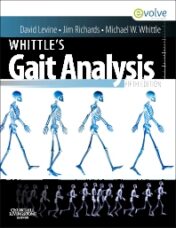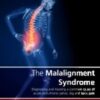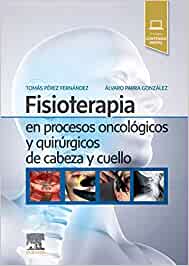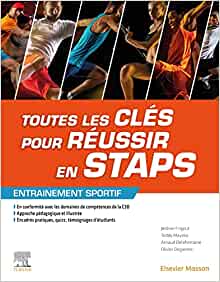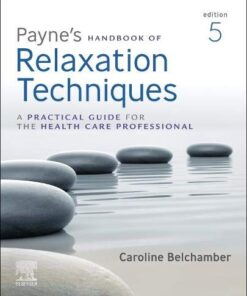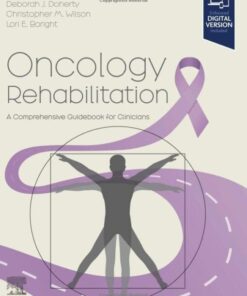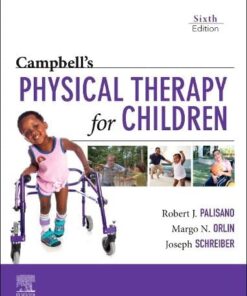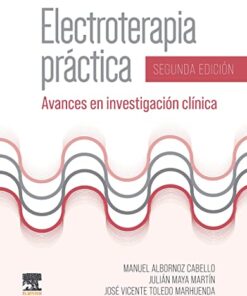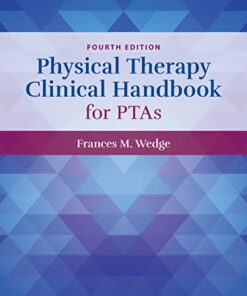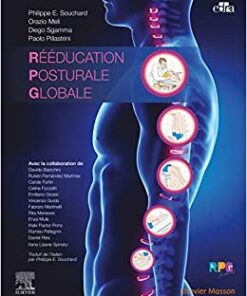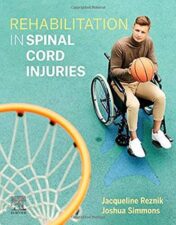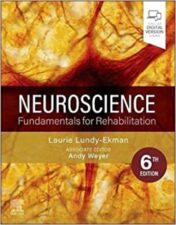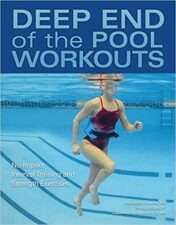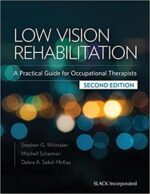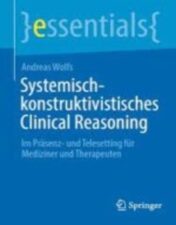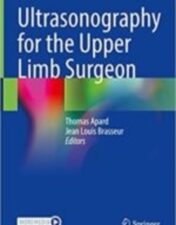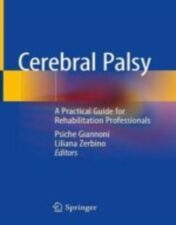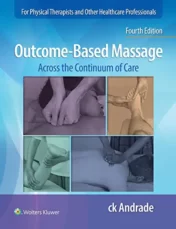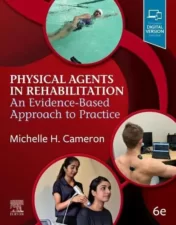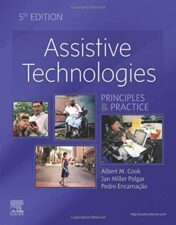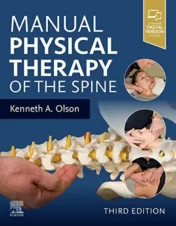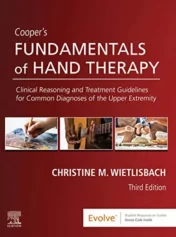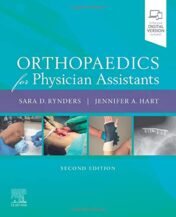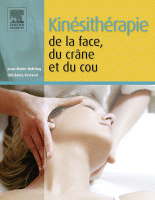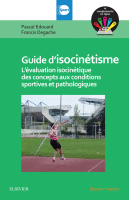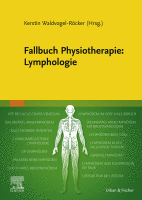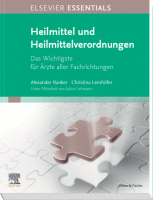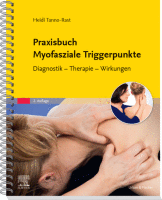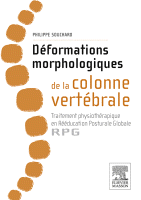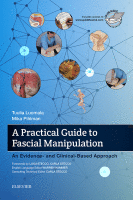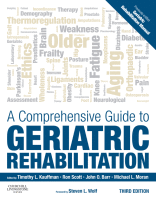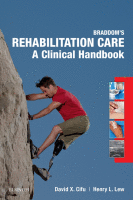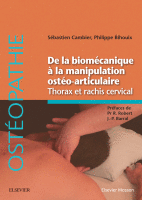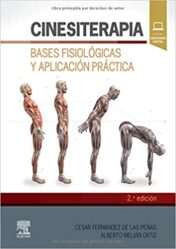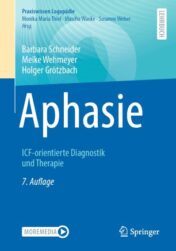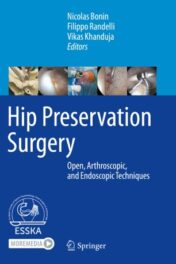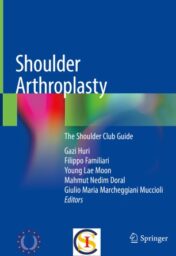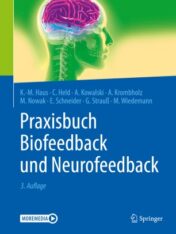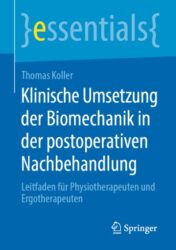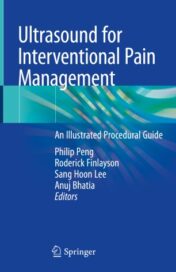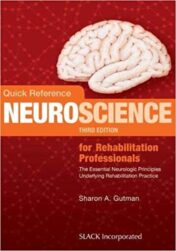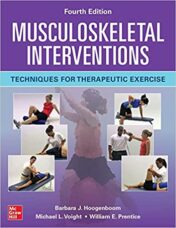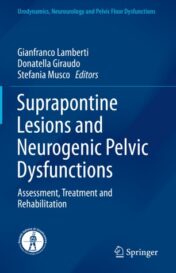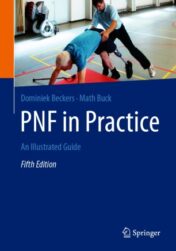Whittle’s Gait Analysis, 5e
$15
Whittle’s Gait Analysis, 5e
Whittle’s Gait Analysis – formerly known as Gait Analysis: an introduction – is now in its fifth edition with a new team of authors led by David Levine and Jim Richards. Working closely with Michael Whittle, the team maintains a clear and accessible approach to basic gait analysis. It will assist both students and clinicians in the diagnosis of and treatment plans for patients suffering from medical conditions that affect the way they walk.
- Highly readable, the book builds upon the basics of anatomy, physiology and biomechanics
- Describes both normal and pathological gait
- Covers the range of methods available to perform gait analysis, from the very simple to the very complex.
- Emphasizes the clinical applications of gait analysis
- Chapters on gait assessment of neurological diseases and musculoskeletal conditions and prosthetics and orthotics
- Methods of gait analysis
- Design features including key points
- A team of specialist contributors led by two internationally-renowned expert editors
- 60 illustrations, taking the total number to over 180
- Evolve Resources containing video clips and animated skeletons of normal gait supported by MCQs, an image bank, online glossary and sources of further information. Log on tohttp://evolve.elsevier.com/Whittle/gait to register and start using these resources today!
Review
“Whittle’s Gait Analysis is a basic introduction to this topic. It covers background concepts, terminology, normal and pathological gait, as well as methods used to perform gait analysis. A description of common pathologies and associated gait deviations is presented by way of example. Overall, this book provides a comprehensive overview of the basic concepts and uses of clinical gait analysis. It is a very helpful text for those with little or no knowledge of gait analysis, and provides a very readable and understandable synopsis. The majority of information provided is descriptive, with some limited guidance on interpretation of gait data. Further reading would be required to gain in-depth understanding of each aspect of gait analysis, but this book provides an accessible introduction to the topic.”
Related Products
PHYSICAL MEDICINE & REHABILITATION BOOKS
Fisioterapia en procesos oncológicos y quirúrgicos de cabeza y cuello (Original PDF from Publisher)
PHYSICAL MEDICINE & REHABILITATION BOOKS
Toutes les clés pour réussir en STAPS. Mention « Éducation Motricité » (Original PDF from Publisher)
PHYSICAL MEDICINE & REHABILITATION BOOKS
PHYSICAL MEDICINE & REHABILITATION BOOKS
Médecine du ski: Pratiques, recommandations, prévention (Original PDF from Publisher)
PHYSICAL MEDICINE & REHABILITATION BOOKS
Soins primaires en kinésithérapie (Original PDF from Publisher)
PHYSICAL MEDICINE & REHABILITATION BOOKS
Whittle’s Gait Analysis, 6th edition (Original PDF from Publisher)
PHYSICAL MEDICINE & REHABILITATION BOOKS
Physiotherapy for the Hip Joint (Original PDF from Publisher)
PHYSICAL MEDICINE & REHABILITATION BOOKS
PHYSICAL MEDICINE & REHABILITATION BOOKS
Oncology Rehabilitation: A Comprehensive Guidebook for Clinicians (Original PDF from Publisher)
PHYSICAL MEDICINE & REHABILITATION BOOKS
PHYSICAL MEDICINE & REHABILITATION BOOKS
Campbell’s Physical Therapy for Children, 6th edition (Original PDF from Publisher)
PHYSICAL MEDICINE & REHABILITATION BOOKS
Electroterapia práctica (2ª ed.): Avances en investigación clínica (Original PDF from Publisher)
PHYSICAL MEDICINE & REHABILITATION BOOKS
Foundations of Kinesiology, 2nd Edition (Original PDF from Publisher)
PHYSICAL MEDICINE & REHABILITATION BOOKS
Guide to Evidence-Based Physical Therapist Practice, 5th Edition (Original PDF from Publisher)
PHYSICAL MEDICINE & REHABILITATION BOOKS
Physical Therapy Clinical Handbook for PTAs, 4th Edition (Original PDF from Publisher)
PHYSICAL MEDICINE & REHABILITATION BOOKS
PHYSICAL MEDICINE & REHABILITATION BOOKS
PHYSICAL MEDICINE & REHABILITATION BOOKS
Fascial Manipulation ® for Internal Dysfunctions – Practical Part (Original PDF from Publisher)
PHYSICAL MEDICINE & REHABILITATION BOOKS
PHYSICAL MEDICINE & REHABILITATION BOOKS
Practical Evidence-Based Physiotherapy,3rd edition 2022 Original PDF
PHYSICAL MEDICINE & REHABILITATION BOOKS
PHYSICAL MEDICINE & REHABILITATION BOOKS
Therapeutic Agents for the Physical Therapist Assistant 2022 Original PDF
PHYSICAL MEDICINE & REHABILITATION BOOKS
PHYSICAL MEDICINE & REHABILITATION BOOKS
PHYSICAL MEDICINE & REHABILITATION BOOKS
PHYSICAL MEDICINE & REHABILITATION BOOKS
Hip and Knee Pain Disorders Integrating manual therapy and exercise 2022 Original pdf
PHYSICAL MEDICINE & REHABILITATION BOOKS
Kinetic Control Revised Edition The Management of Uncontrolled Movement 2020 Original pdf
PHYSICAL MEDICINE & REHABILITATION BOOKS
Goodman and Fuller’s Pathology: Implications for the Physical Therapist 5th Ed 2022 Original PDF
PHYSICAL MEDICINE & REHABILITATION BOOKS
PHYSICAL MEDICINE & REHABILITATION BOOKS
Analyzing Scoliosis: The Pilates Instructor’s Guide to Scoliosis 2019 Original PDF
PHYSICAL MEDICINE & REHABILITATION BOOKS
PHYSICAL MEDICINE & REHABILITATION BOOKS
PHYSICAL MEDICINE & REHABILITATION BOOKS
Ultrasonography for the Upper Limb Surgeon 2022 Original pdf+videos
PHYSICAL MEDICINE & REHABILITATION BOOKS
Clinical Guide to Musculoskeletal Medicine A Multidisciplinary Approach 2022 Original pdf
PHYSICAL MEDICINE & REHABILITATION BOOKS
Evidenzbasierte Elektrotherapie Theorie und Praxis 2022 Original pdf+videos
PHYSICAL MEDICINE & REHABILITATION BOOKS
Cerebral Palsy A Practical Guide for Rehabilitation Professionals 2022 Original pdf
PHYSICAL MEDICINE & REHABILITATION BOOKS
Fundamental Orthopedic Management for the Physical Therapist Assistant 2021 Original pdf
PHYSICAL MEDICINE & REHABILITATION BOOKS
PHYSICAL MEDICINE & REHABILITATION BOOKS
PHYSICAL MEDICINE & REHABILITATION BOOKS
A Practical Approach to Interdisciplinary Complex Rehabilitation 2022 EPUB & converted pdf
PHYSICAL MEDICINE & REHABILITATION BOOKS
PHYSICAL MEDICINE & REHABILITATION BOOKS
PHYSICAL MEDICINE & REHABILITATION BOOKS
Physical Therapist Assistant Examination Review and Test-Taking Skills 2022 Original PDF
PHYSICAL MEDICINE & REHABILITATION BOOKS
PHYSICAL MEDICINE & REHABILITATION BOOKS
Outcome-Based Massage: Across the Continuum of Care, 4th Edition 2022 EPUB + Converted PDF
PHYSICAL MEDICINE & REHABILITATION BOOKS
PHYSICAL MEDICINE & REHABILITATION BOOKS
Assistive Technologies: Principles and Practice, 5th edition 2020 Original PDF
PHYSICAL MEDICINE & REHABILITATION BOOKS
Dutton’s Introductory Skills and Procedures for the Physical Therapist Assistant 2021 Original PDF
PHYSICAL MEDICINE & REHABILITATION BOOKS
Braddom. Medicina física y rehabilitación, 6th edition 2022 Original PDF
PHYSICAL MEDICINE & REHABILITATION BOOKS
Cardiovascular and Pulmonary Physical Therapy: Evidence to Practice, 6th edition 2021 True PDF
PHYSICAL MEDICINE & REHABILITATION BOOKS
Essentials of Cardiopulmonary Physical Therapy, 5th edition 2022 Original PDF
PHYSICAL MEDICINE & REHABILITATION BOOKS
Manual Physical Therapy of the Spine, 3rd edition 2021 Original PDF
PHYSICAL MEDICINE & REHABILITATION BOOKS
PHYSICAL MEDICINE & REHABILITATION BOOKS
PHYSICAL MEDICINE & REHABILITATION BOOKS
Sleep Medicine and Physical Therapy A Comprehensive Guide for Practitioners 2022 Original pdf
PHYSICAL MEDICINE & REHABILITATION BOOKS
Rehabilitation Methodology and Strategies A Study Guide for Physiotherapists 2022 Original pdf
PHYSICAL MEDICINE & REHABILITATION BOOKS
Clinical Case Studies Across the Medical Continuum for Physical Therapists 2021 Original PDF
PHYSICAL MEDICINE & REHABILITATION BOOKS
Telerehabilitation: Principles and Practice 2021 Original pdf
PHYSICAL MEDICINE & REHABILITATION BOOKS
PHYSICAL MEDICINE & REHABILITATION BOOKS
Orthopaedics for Physician Assistants 2nd Edition 2021 Original pdf
PHYSICAL MEDICINE & REHABILITATION BOOKS
Berührende Pflege – Therapeutic Touch Wirkung und Techniken 2021 Original pdf
PHYSICAL MEDICINE & REHABILITATION BOOKS
PHYSICAL MEDICINE & REHABILITATION BOOKS
Kinésithérapie de la Face, du Crâne et du Cou 2015 Original pdf
PHYSICAL MEDICINE & REHABILITATION BOOKS
Guide D’isocinétisme Des Concepts Aux Conditions Sportives et Pathologiques 2016 Original pdf
PHYSICAL MEDICINE & REHABILITATION BOOKS
Functional Atlas of the Human Fascial System 2015 Original pdf
PHYSICAL MEDICINE & REHABILITATION BOOKS
PHYSICAL MEDICINE & REHABILITATION BOOKS
PHYSICAL MEDICINE & REHABILITATION BOOKS
PHYSICAL MEDICINE & REHABILITATION BOOKS
Differenziertes Krafttraining Mit Schwerpunkt Wirbelsäule 2020 Original pdf
PHYSICAL MEDICINE & REHABILITATION BOOKS
Praxisbuch Myofasziale Triggerpunkte Diagnostik – Therapie – Wirkungen 2020 Original pdf
PHYSICAL MEDICINE & REHABILITATION BOOKS
PHYSICAL MEDICINE & REHABILITATION BOOKS
PHYSICAL MEDICINE & REHABILITATION BOOKS
Medizinisches Aufbautraining 2015 Medizinisches Aufbautraining 2015 Original pdf
PHYSICAL MEDICINE & REHABILITATION BOOKS
Manipulations des Dysfonctions Pelviennes Féminines 2016 Original pdf
PHYSICAL MEDICINE & REHABILITATION BOOKS
PHYSICAL MEDICINE & REHABILITATION BOOKS
A Comprehensive Guide to Geriatric Rehabilitation 2015 Original pdf
PHYSICAL MEDICINE & REHABILITATION BOOKS
Braddom’s Rehabilitation Care: A Clinical Handbook 2018 Original pdf
PHYSICAL MEDICINE & REHABILITATION BOOKS
De la Biomécanique à la Manipulation Ostéo-Articulaire. Thorax et Rachis Cervical 2017 Original pdf
PHYSICAL MEDICINE & REHABILITATION BOOKS
PHYSICAL MEDICINE & REHABILITATION BOOKS
PHYSICAL MEDICINE & REHABILITATION BOOKS
PHYSICAL MEDICINE & REHABILITATION BOOKS
PHYSICAL MEDICINE & REHABILITATION BOOKS
Aphasie ICF-orientierte Diagnostik und Therapie 2021 Original pdf+videos
PHYSICAL MEDICINE & REHABILITATION BOOKS
Hip Preservation Surgery Open, Arthroscopic, and Endoscopic Techniques 2020 Original pdf+videos
PHYSICAL MEDICINE & REHABILITATION BOOKS
Shoulder Arthroplasty The Shoulder Club Guide 2020 Original pdf
PHYSICAL MEDICINE & REHABILITATION BOOKS
PHYSICAL MEDICINE & REHABILITATION BOOKS
Ratgeber neue Hüfte, neues Knie Aktiv nach der Hüft- oder Kniegelenksoperation 2020 Original pdf
PHYSICAL MEDICINE & REHABILITATION BOOKS
Praxisbuch Biofeedback und Neurofeedback 2020 Original pdf+videos
PHYSICAL MEDICINE & REHABILITATION BOOKS
Myofasziale Schmerzen und Funktionsstörungen Diagnostik und Therapie 2020 Original pdf
PHYSICAL MEDICINE & REHABILITATION BOOKS
Fysiotherapie bij peesaandoeningen Deel 2: bovenste extremiteit 2020 Original pdf
PHYSICAL MEDICINE & REHABILITATION BOOKS
Voetbalblessures In de praktijk van fysiotherapeuten, trainers en verzorgers 2020 Original pdf
PHYSICAL MEDICINE & REHABILITATION BOOKS
PHYSICAL MEDICINE & REHABILITATION BOOKS
Ultrasound for Interventional Pain Management An Illustrated Procedural Guide 2020 Original pdf
PHYSICAL MEDICINE & REHABILITATION BOOKS
Peritoneale Adhäsionen Fasziale Behandlung nach dem Liedler-Konzept 2020 Original pdf+videos
PHYSICAL MEDICINE & REHABILITATION BOOKS
PHYSICAL MEDICINE & REHABILITATION BOOKS
PHYSICAL MEDICINE & REHABILITATION BOOKS
Musculoskeletal Interventions: Techniques for Therapeutic Exercise, Fourth Ed ORIGINAL PDF
PHYSICAL MEDICINE & REHABILITATION BOOKS
PHYSICAL MEDICINE & REHABILITATION BOOKS
PHYSICAL MEDICINE & REHABILITATION BOOKS
Spiegeltherapie in Physiotherapie und Ergotherapie 2021 ORIGINAL PDF

